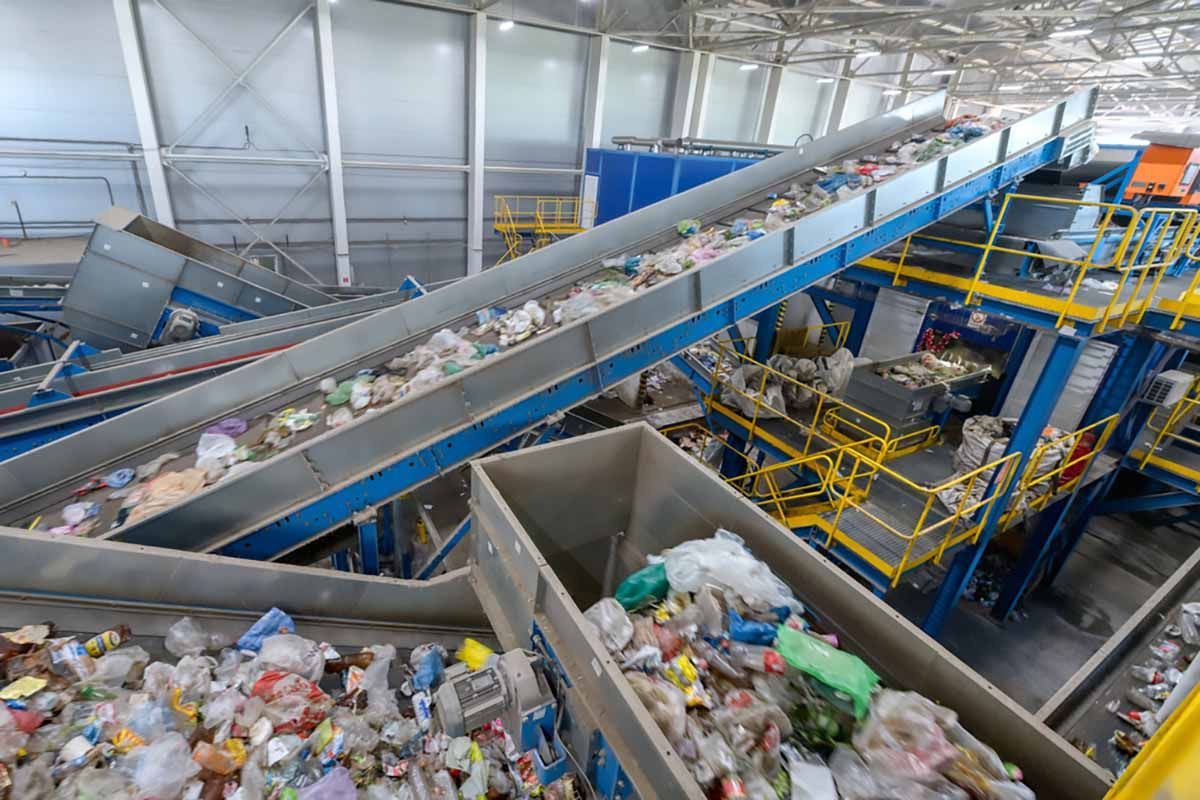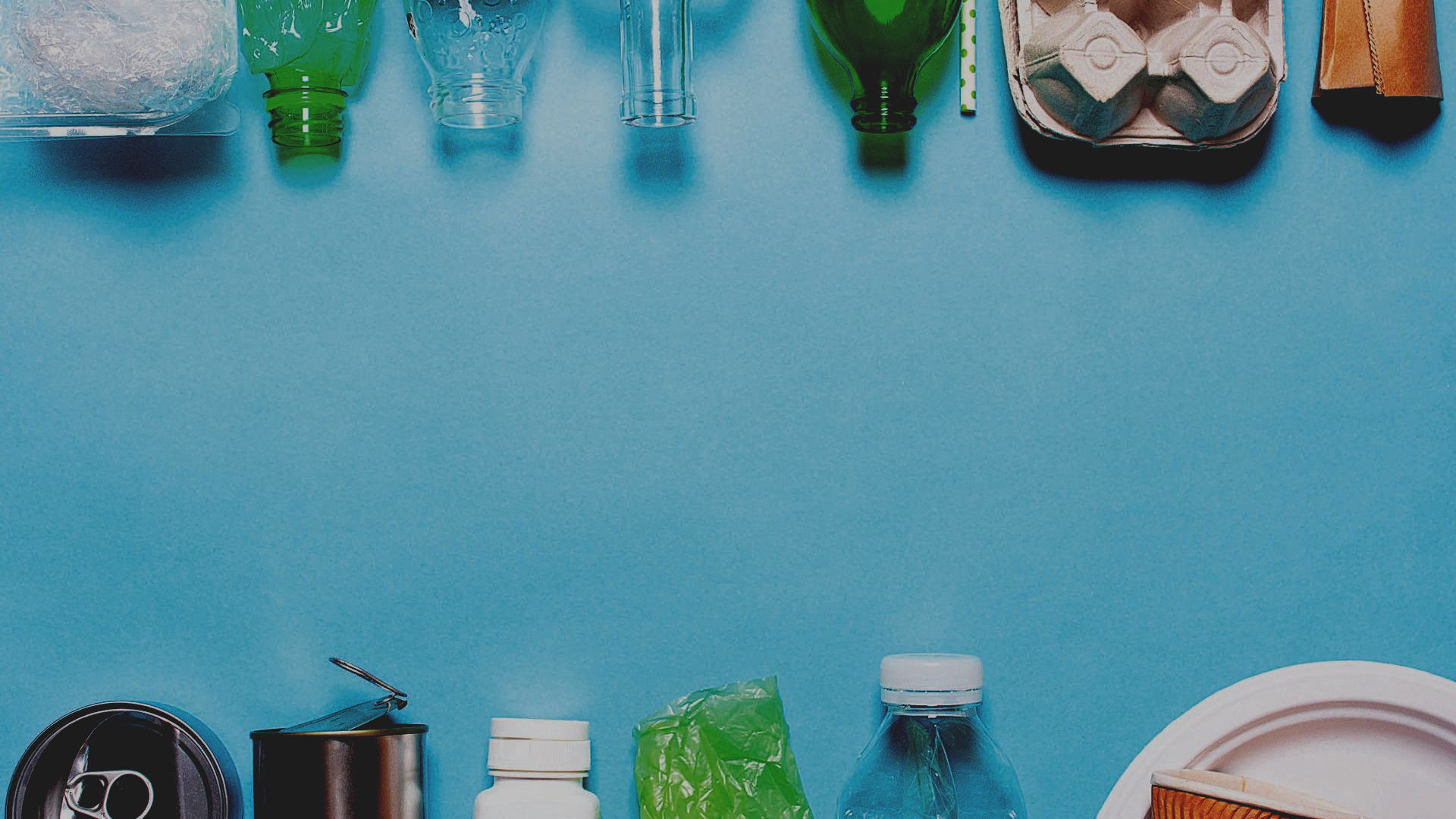MRF Glass Used as Alternative Daily Cover
The Northeast Recycling Council (NERC) has released a report that reveals data about post-consumer recycled glass containers being used at landfills in the Northeast states (Connecticut, Delaware, Maine, Maryland, Massachusetts, New Hampshire, New Jersey, New York, Pennsylvania, Rhode Island and Vermont) and Quebec. NERC’s Glass Committee compiled the Recycled Glass Used as Alternative Daily Cover in the Northeast US & Quebec Report to get a better understanding of the volume of recycled glass containers coming out of Material Recycling Facilities (MRFs) that never reach manufacturers for making new products, but are instead used as Alternative Daily Cover (ADC)—cover material placed on the surface of the active face of a municipal solid waste landfill at the end of each operating day.
“The Report provides great insight into MRF glass that is not reaching manufacturers for making new products and is instead being used at landfills—the lowest value end use with the least environmental benefits,” said Mary Ann Remolador, Assistant Director of NERC and Glass Committee staff lead.
One of the key findings is that 75% of the states/province reported that post-consumer glass collected for recycling is being used as ADC. These states include Connecticut, Maine, Massachusetts, New Hampshire, New Jersey, New York, Pennsylvania, Rhode Island and Quebec. The glass being used for ADC includes crushed recycled glass that is broken into pieces too small for manufacturers to use in their processing, non-bottle bill glass, and glass meeting the state’s specifications for ADC. The states not using glass for ADC are Delaware, Maryland, and Vermont.
One of the contributing factors for glass being used as ADC is the poor quality of glass coming from MRFs. It is oftentimes considered too dirty or contaminated for use in manufacturing. The contamination is due to the glass being mixed with other recyclables at the MRFs. In addition, many Northeast US MRFs aren’t equipped with the necessary systems for removing glass at the beginning of the sorting line. This contamination adds weight to the glass, which makes the cost of shipping long distances impractical.
The Northeast US also lacks enough beneficiation facilities that accept MRF glass to serve the entire region. Beneficiators clean and process glass, making it into a feedstock for manufacturers. Without these facilities, the region’s contaminated MRF glass has no viable market within a practical shipping range. As a result, many MRFs are sending their separated glass to landfills for ADC.
Another key finding from the report is that only 58% of the states/province have data about the tonnage of MRF glass used as ADC. These include Delaware, Maryland, Massachusetts, New York, Rhode Island, Vermont, and Quebec.
Additionally, 76% do not recognize post-consumer glass used for ADC as recycling (Connecticut, Massachusetts, New Hampshire, New Jersey, New York, Pennsylvania, Rhode Island, Vermont, and Quebec), and 83% require post-consumer glass to be recycled. Maryland and New Hampshire do not require it. Also, Massachusetts, Pennsylvania and Vermont (25%) are the only states/province that have post-consumer glass disposal bans.
The report also shows that transparency with the public about what happens with post-consumer glass could be improved in most states. While some states take a proactive approach to ensuring end uses for recycled material are publicly available, others do not readily share this information.
After a thorough analysis of the compiled information, NERC and its Glass Committee drew the following conclusions:
- Until more investment is made in the glass recycling infrastructure, MRF glass will continue be used as ADC.
- Without having consistent outgoing materials reporting requirements for MRFs, it’s impossible to generate data about the total tonnage of recycled glass diverted for use as ADC in the Northeast region.
- More beneficiation facilities capable of cleaning MRF glass are needed throughout the region to make the glass economical for use as a manufacturing feedstock.
Share Post





